Home>Garden Essentials>How Long Does It Take For Blanket Flower To Germinate
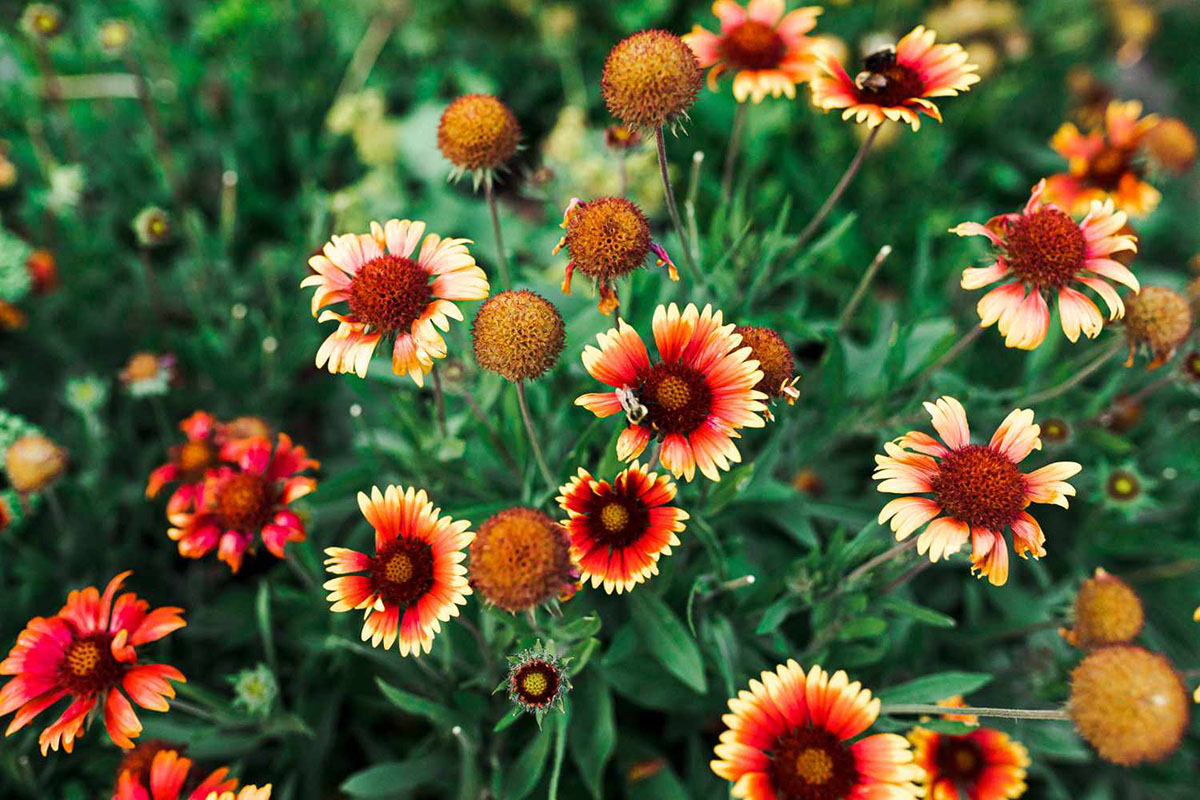

Garden Essentials
How Long Does It Take For Blanket Flower To Germinate
Modified: March 15, 2024
Learn how long it takes for blanketflower seeds to germinate in your garden and get ready for a beautiful display of blooms.
(Many of the links in this article redirect to a specific reviewed product. Your purchase of these products through affiliate links helps to generate commission for Storables.com, at no extra cost. Learn more)
Introduction
Blanketflower, also known by its scientific name Gaillardia, is a vibrant and attractive perennial plant that is native to North and South America. With its bright and cheerful petals in hues of red, orange, and yellow, the blanketflower adds a pop of color to any garden or landscape. As a versatile and hardy plant, it is no wonder that gardeners are eager to grow these beautiful flowers.
One common question that arises when cultivating blanketflower is how long it takes for the seeds to germinate. Germination is the process through which a seed sprouts and begins to grow into a plant. Understanding the germination time for blanketflower is crucial for planning and managing your garden effectively.
Factors such as environmental conditions, seed quality, and the germination process itself can all influence the time it takes for blanketflower seeds to sprout. In this article, we will delve into these factors and explore how to optimize germination time for your blanketflower seeds.
Key Takeaways:
- Blanketflower seeds need warmth, moisture, and light to sprout. By providing the right conditions and being patient, you can help them grow into beautiful, colorful plants for your garden.
- If your blanketflower seeds are taking a long time to sprout, try techniques like scarification or bottom watering to speed up the process. With care and attention, you can help your seeds germinate successfully.
Read more: How Long Does It Take For Mint To Germinate?
Factors Affecting Germination Time
Several factors can impact the germination time of blanketflower seeds. By understanding these factors, you can better manage your gardening efforts and ensure successful germination. Here are the key factors that influence the germination time:
- Temperature: Temperature plays a crucial role in seed germination. Blanketflower seeds generally require a soil temperature between 70-75°F (21-24°C) to germinate successfully. Cooler temperatures can delay germination, while excessively high temperatures can hinder seed viability. Maintaining an optimal temperature range is essential for timely germination.
- Moisture: Adequate moisture levels are vital for seed germination. Dry conditions can cause seed dormancy and delay germination. Ensure that the soil is consistently moist but not waterlogged during the germination period. Using a misting spray bottle or covering the seed tray with plastic wrap can help maintain the right moisture level.
- Light: Blanketflower seeds require light to germinate. When sowing seeds, it’s important to only lightly press them into the soil surface without covering them completely. This allows the seeds to receive the right amount of light necessary for germination. Avoid burying the seeds too deep as it may inhibit or delay germination.
- Seed Quality: The quality of the seeds you use can significantly impact germination time. Fresh and viable seeds will typically germinate faster compared to older or low-quality ones. It’s essential to source your blanketflower seeds from reputable suppliers to ensure the best germination rates.
- Seed Scarification: Some blanketflower varieties benefit from scarification, which involves breaking or scratching the seed surface to allow water absorption. Scarifying the seeds before sowing can help speed up germination. Use a fine-grit sandpaper or gently nick the seed coat with a knife, being careful not to damage the embryo inside.
By considering these factors and ensuring optimal conditions, you can maximize the chances of successful germination and reduce the time it takes for your blanketflower seeds to sprout.
Ideal Conditions for Germination
To promote optimal germination of blanketflower seeds, it is important to create the ideal conditions for their growth. Here are the key elements to consider:
- Soil Type: Blanketflower seeds prefer well-draining soil with a pH level between 6.0 and 7.5. Amending the soil with organic matter, such as compost or aged manure, can improve its fertility and drainage, providing a healthy environment for seed germination.
- Planting Depth: When sowing blanketflower seeds, it is important to plant them at the right depth. Gently press the seeds into the soil surface, ensuring they are not buried too deeply. Aim for a planting depth of approximately 1/8 to 1/4 inch (3-6 mm) to allow sufficient light penetration for germination.
- Watering: Adequate moisture levels are crucial for germination, but it is important to avoid over-watering, as excessive moisture can lead to rotting. Water the soil lightly after sowing the seeds and maintain a consistently moist environment until germination occurs. Using a watering can or misting spray bottle can help provide a gentle and even distribution of water.
- Location: Blanketflower seeds thrive in full sun exposure. Choose a location in your garden that receives at least 6-8 hours of direct sunlight per day. This will provide the necessary light energy for photosynthesis and promote healthy seedling development.
- Protection: Providing a protective covering, such as a plastic sheet or a cloche, can help create a greenhouse-like environment, maintaining the optimal temperature and moisture levels for germination. Remove the covering once the seedlings emerge to prevent excessive humidity and ensure proper air circulation.
By ensuring these ideal conditions for germination, you are giving your blanketflower seeds the best chance to sprout and grow into healthy plants. Remember to monitor the soil moisture, temperature, and sunlight exposure regularly to maintain the optimal conditions throughout the germination period.
Germination Process of Blanketflower
The germination process of blanketflower seeds follows a series of stages, each essential for the successful growth of the plant. Here is a breakdown of the germination process:
1. Preparation: Before germination can occur, the seed requires a period of preparation. This can involve scarification, as mentioned earlier, or exposure to cool temperatures for a specific duration. These pre-germination treatments help break seed dormancy and prepare the seed for growth. 2. Imbibition: Imbibition is the initial stage of germination, where the blanketflower seed absorbs water from the surrounding environment. As the seed imbibes water, it begins to swell and soften, activating enzymes within the seed to initiate growth. 3. Radicle Emergence: The radicle, which is the embryonic root of the plant, emerges from the seed and starts to elongate downward into the soil. This is followed by the emergence of the hypocotyl, the portion of the stem below the cotyledons, which pushes the seed upward. 4. Cotyledon Expansion: The cotyledons, or seed leaves, emerge from the ground and unfold. These initial leaves contain stored nutrients that provide energy for the seedling’s early growth until it can establish roots and begin photosynthesis. 5. True Leaf Development: As the cotyledons mature and provide nourishment, the true leaves of the blanketflower plant start to develop. These are the leaves that resemble the characteristic shape and color of the adult blanketflower plant. 6. Root and Shoot Growth: With the emergence of the true leaves, the root system of the blanketflower seedling becomes more established. Simultaneously, the shoot continues to grow taller as the plant reaches toward the sunlight. It is important to note that the germination time of blanketflower seeds can vary, typically ranging from 7 to 21 days, depending on various factors discussed earlier. Patience is key during this process, as germination can be slower in some cases. Regularly monitor the soil moisture, provide adequate sunlight, and maintain the ideal temperature to support healthy germination and plant development. By understanding the germination process, you can better appreciate the intricate stages of the blanketflower’s growth and take appropriate care to ensure successful germination and seedling establishment.
Blanketflower seeds typically germinate within 7-21 days when planted in well-draining soil and kept consistently moist. Adding a thin layer of mulch can help retain moisture and improve germination rates.
How to Handle Delayed Germination
In some cases, blanketflower seeds may experience delayed germination, which can be attributed to various factors such as unfavorable conditions or low seed viability. If you notice that your blanketflower seeds are taking longer than expected to germinate, here are some steps you can take:
1. Patience: First and foremost, it is important to exercise patience during the germination process. While blanketflower seeds typically germinate within a specific timeframe, some varieties may take longer. It is recommended to wait at least 3-4 weeks before considering the seeds as nonviable. 2. Check for Environmental Factors: Evaluate the environmental conditions in which the seeds are germinating. Ensure that the temperature, moisture levels, and light exposure are within the appropriate range for blanketflower germination. Make any necessary adjustments to provide the optimal conditions for seed sprouting. 3. Scarify Seeds: If you suspect that the blanketflower seeds have a tough seed coat or are naturally resistant to germination, you can try scarification. Gently scrape or nick the seed coat using sandpaper or a utility knife, being careful not to damage the embryo inside. This process can help break seed dormancy and promote quicker germination. 4. Provide Bottom Heat: Some gardeners find success with stimulating germination by providing gentle bottom heat. You can use a seed heating mat or place the seed tray on top of a warm surface like a refrigerator or water heater. The warmth encourages faster seed germination by promoting optimal soil temperature. 5. Use Seed Priming: Seed priming is a technique that involves pre-soaking the seeds in water or a seed-starting solution to initiate germination before sowing. This can help jump-start the germination process and reduce the waiting time for seedlings to emerge. Follow the instructions for seed priming carefully to avoid over-soaking the seeds. 6. Test Seed Viability: If a significant amount of time has passed without any signs of germination, it may be worth conducting a seed viability test. Place a few seeds on a damp paper towel and seal it in a plastic bag. Keep it in a warm location for a few days and observe if any seeds show signs of germination. If a majority of the seeds remain dormant, it might be necessary to obtain fresh seeds. Remember, providing consistent care and optimal growing conditions is key to promoting germination. However, if all efforts fail to produce results, it may be necessary to reconsider the quality of the seeds and explore other sources for fresh and viable blanketflower seeds. By implementing these strategies, you can maximize the chances of handling delayed germination and successfully cultivating blanketflower plants in your garden.
Read more: How Long Does It Take Millet To Germinate
Tips for Faster Germination
If you’re looking to accelerate the germination process of your blanketflower seeds, there are several tips and techniques you can employ. By implementing these strategies, you can encourage faster and more successful seed sprouting. Here are some tips for faster germination:
1. Pre-Soaking Seeds: Consider pre-soaking the blanketflower seeds in room temperature water for 24 hours prior to sowing. This process helps to soften the seed coat and initiate the germination process. Ensure that you do not over-soak the seeds, as excessive water exposure can cause damage. 2. Using a Seedling Heat Mat: A seedling heat mat is a helpful tool that provides a consistent and gentle bottom heat to seeds, promoting faster germination. Place the seed tray or pots on the heat mat, following the manufacturer’s instructions for optimal temperature settings. The added warmth encourages quicker root development and germination. 3. Bottom Watering: Instead of watering from above, try bottom watering your blanketflower seeds. Place the seed tray in a water-filled tray or container, allowing the soil to absorb moisture from the bottom. This method prevents disturbance to the seeds and promotes efficient water absorption, leading to faster germination. 4. Using a Seed Germination Chamber: Creating a controlled environment using a seed germination chamber can enhance germination rates. This can be achieved by covering the seed tray with a clear plastic dome or using a mini greenhouse. The enclosed space helps maintain consistent moisture levels and temperature, speeding up germination. 5. Providing Optimal Light: Blanketflower seeds require light to germinate. Place your seed tray or pots in a well-lit area or use fluorescent grow lights to provide the necessary light energy. Aim for 12-16 hours of light per day to encourage quicker and healthier seedling growth. 6. Regularly Monitor Moisture: Consistent moisture is essential for germination, but over-watering can hinder the process. Monitor the soil moisture regularly and ensure it remains consistently moist but not waterlogged. Use a misting spray bottle to provide a gentle and even distribution of moisture, preventing seed displacement and rotting. 7. Maintain Optimal Temperature: Blanketflower seeds prefer a soil temperature between 70-75°F (21-24°C) for optimal germination. Provide a warm and stable temperature by placing the seed tray in a warm location, away from drafts or extreme temperature changes. Consider using a thermometer to monitor the temperature consistently. Remember, each seed and variety may have unique germination requirements. It is important to research the specific needs of your blanketflower seeds and adapt these tips accordingly. By following these strategies, you can create an environment that promotes faster germination and ensures a strong start for your blanketflower plants.
Conclusion
Growing blanketflowers from seed can be a rewarding endeavor, and understanding the germination process is key to ensuring successful growth. By considering the factors that affect germination time, creating the ideal conditions for germination, and implementing strategies to handle delayed germination or encourage faster sprouting, you can increase your chances of successful blanketflower cultivation.
Factors such as temperature, moisture, light, and seed quality play crucial roles in the germination process. By providing the right combination of these elements, such as maintaining optimal soil temperature, ensuring adequate moisture levels, and providing the appropriate amount of light, you can support the blanketflower seeds’ growth from the early stages of germination to the development of healthy seedlings and beyond.
Handling delayed germination may require patience, as well as implementing techniques such as scarification, providing bottom heat, or testing seed viability. These strategies can help overcome potential hurdles and promote successful germination of blanketflower seeds.
To encourage faster germination, pre-soaking seeds, using a seedling heat mat, bottom watering, creating a seed germination chamber, providing optimal light, and monitoring moisture and temperature levels are effective techniques. These methods help optimize the germination conditions and expedite the growth process of your blanketflower seeds.
Remember to be attentive to the specific needs of your blanketflower seeds, as each variety may have unique requirements. By combining your gardening knowledge with these expert tips, you can cultivate blanketflowers successfully and enjoy their vibrant colors and beauty in your garden.
In conclusion, with the right knowledge and care, you can ensure successful germination and growth of blanketflower seeds. Whether you’re a novice gardener or an experienced enthusiast, these tips will help you create an environment that promotes optimal germination and sets the stage for healthy blanketflower plants to thrive.
Frequently Asked Questions about How Long Does It Take For Blanket Flower To Germinate
Was this page helpful?
At Storables.com, we guarantee accurate and reliable information. Our content, validated by Expert Board Contributors, is crafted following stringent Editorial Policies. We're committed to providing you with well-researched, expert-backed insights for all your informational needs.


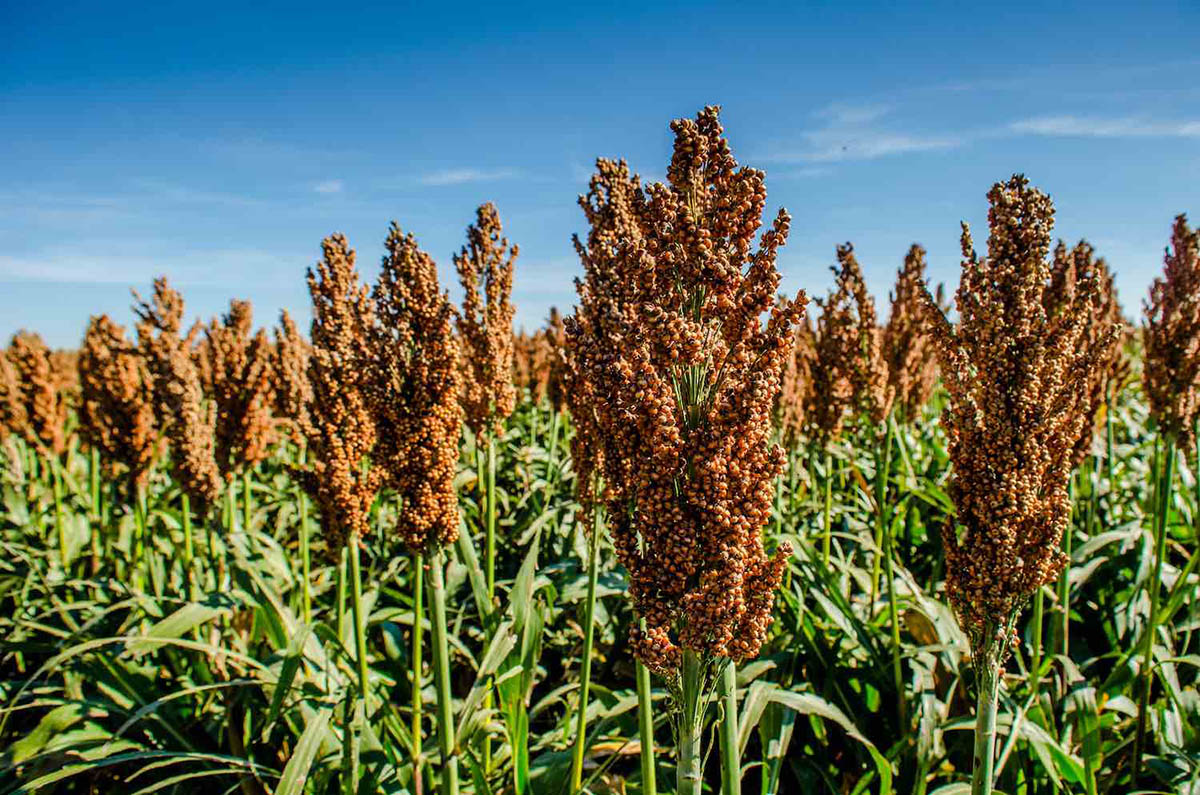

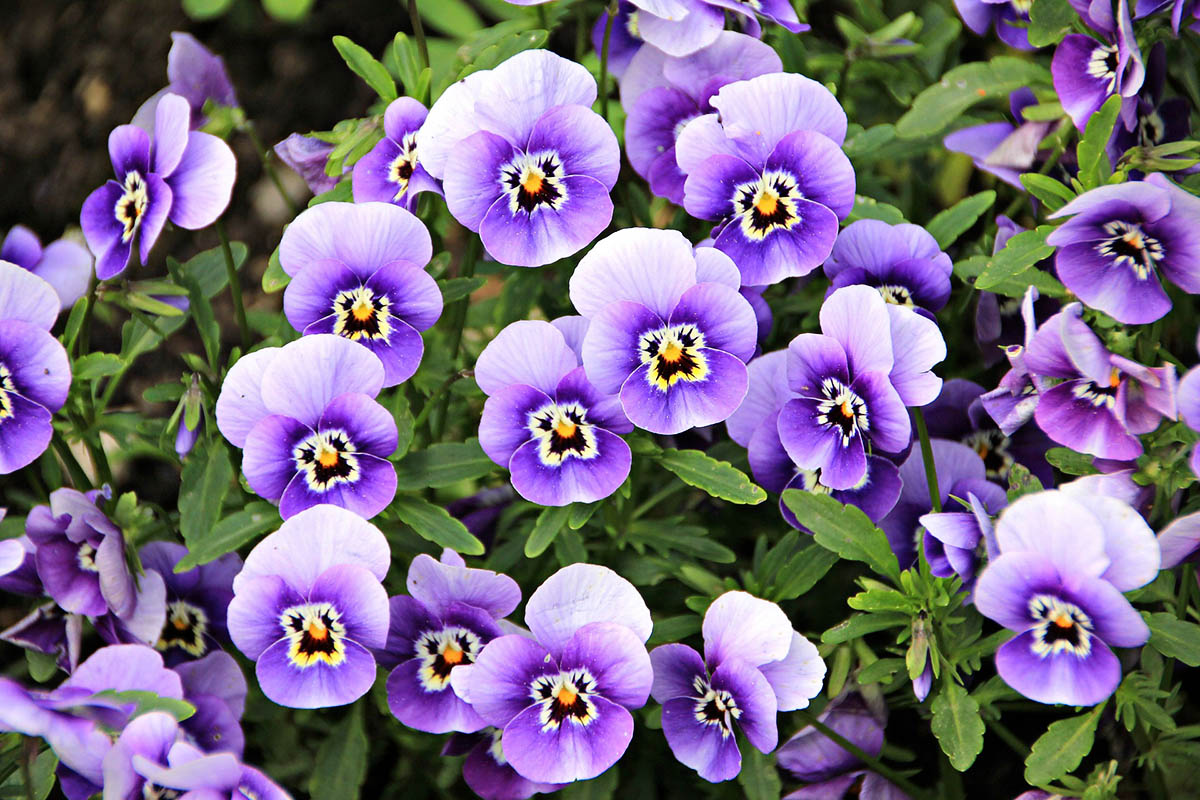
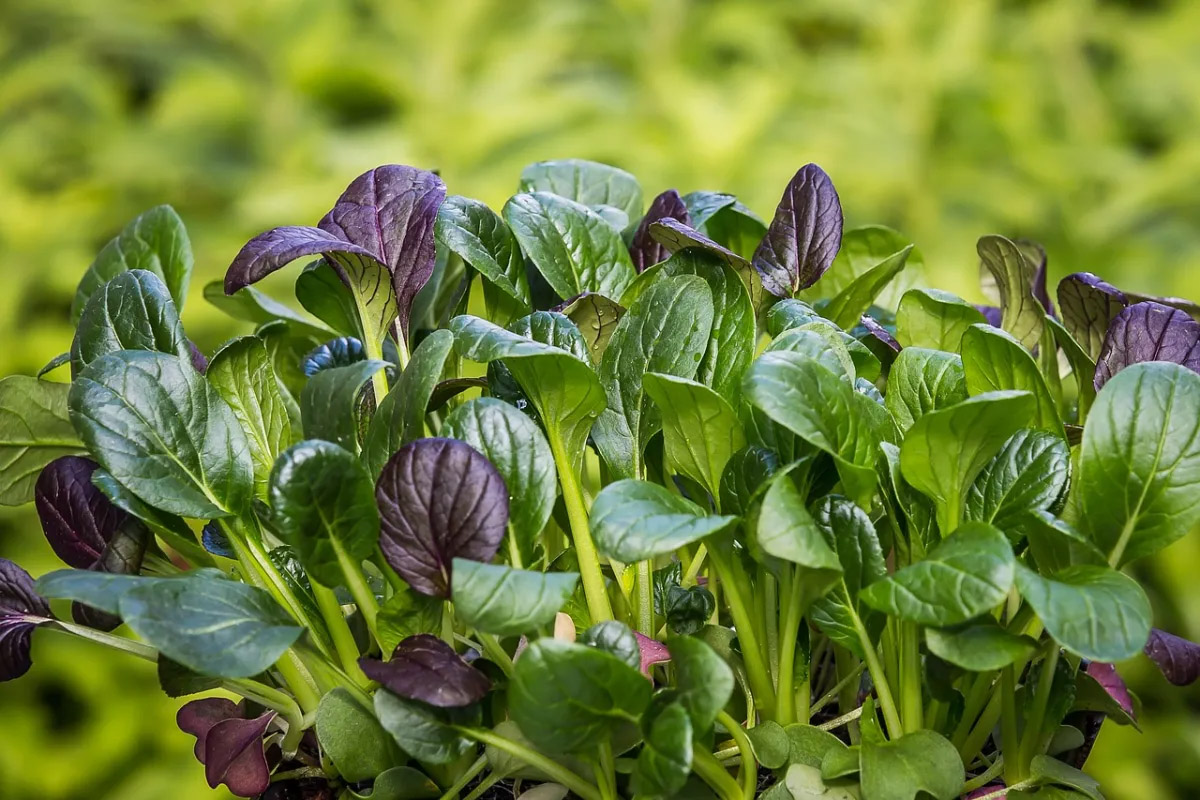
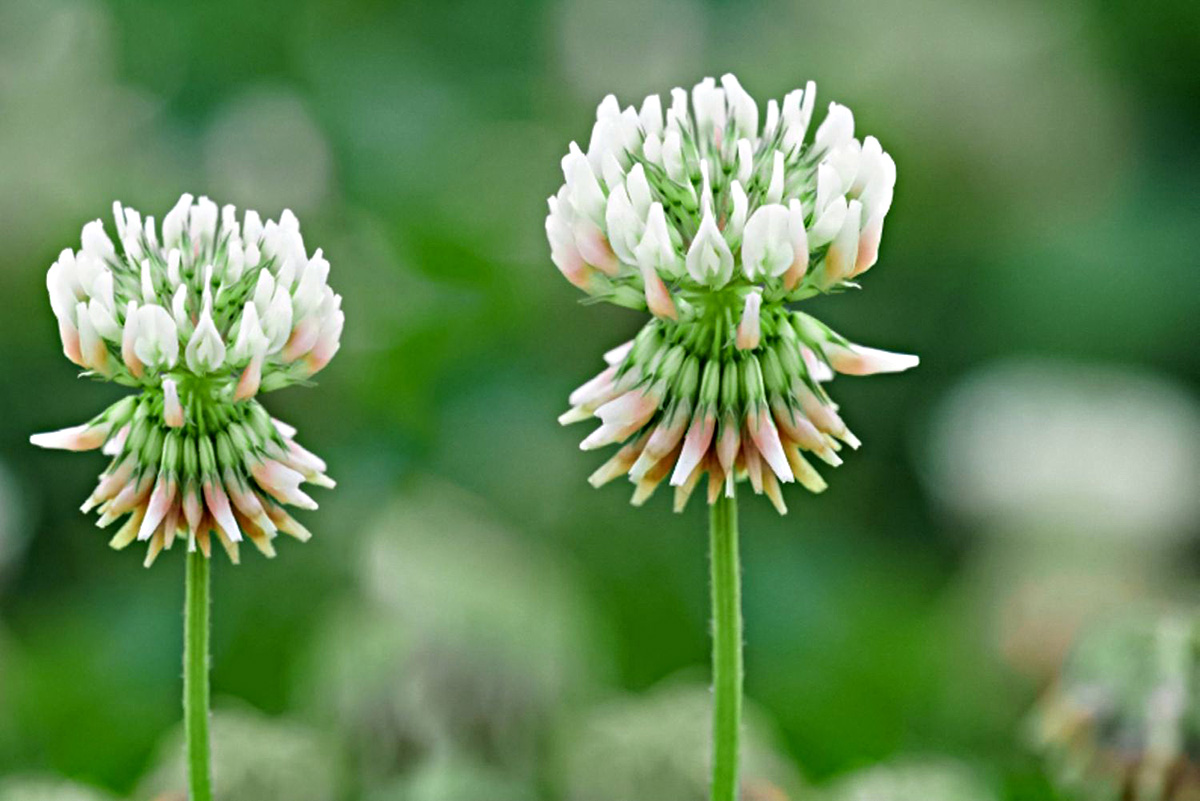

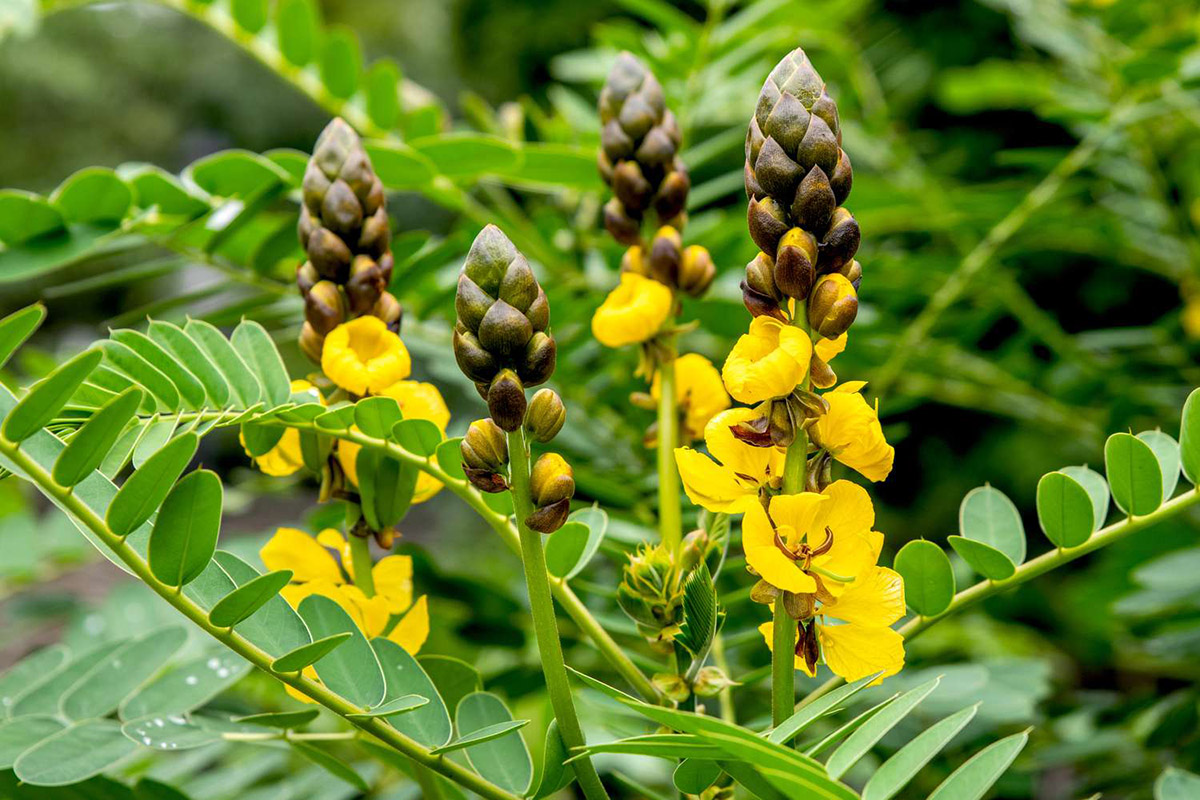
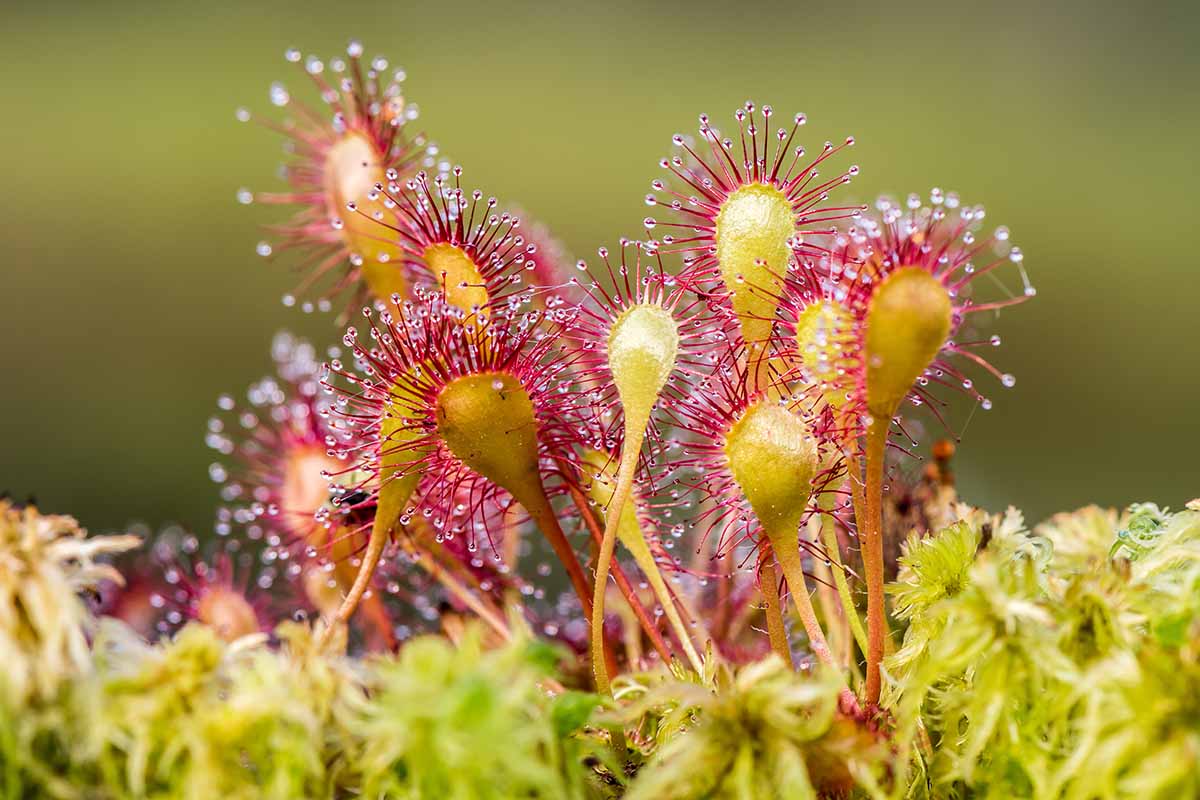
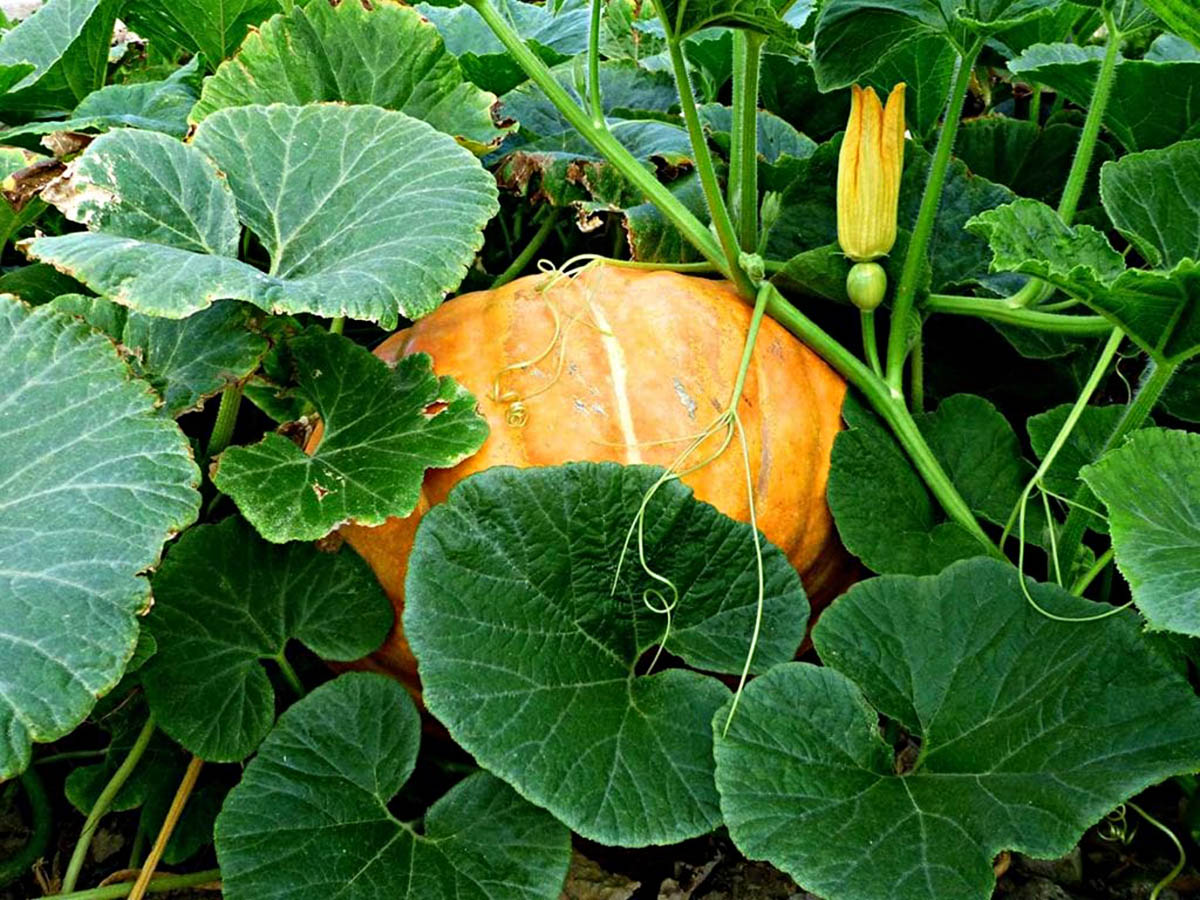
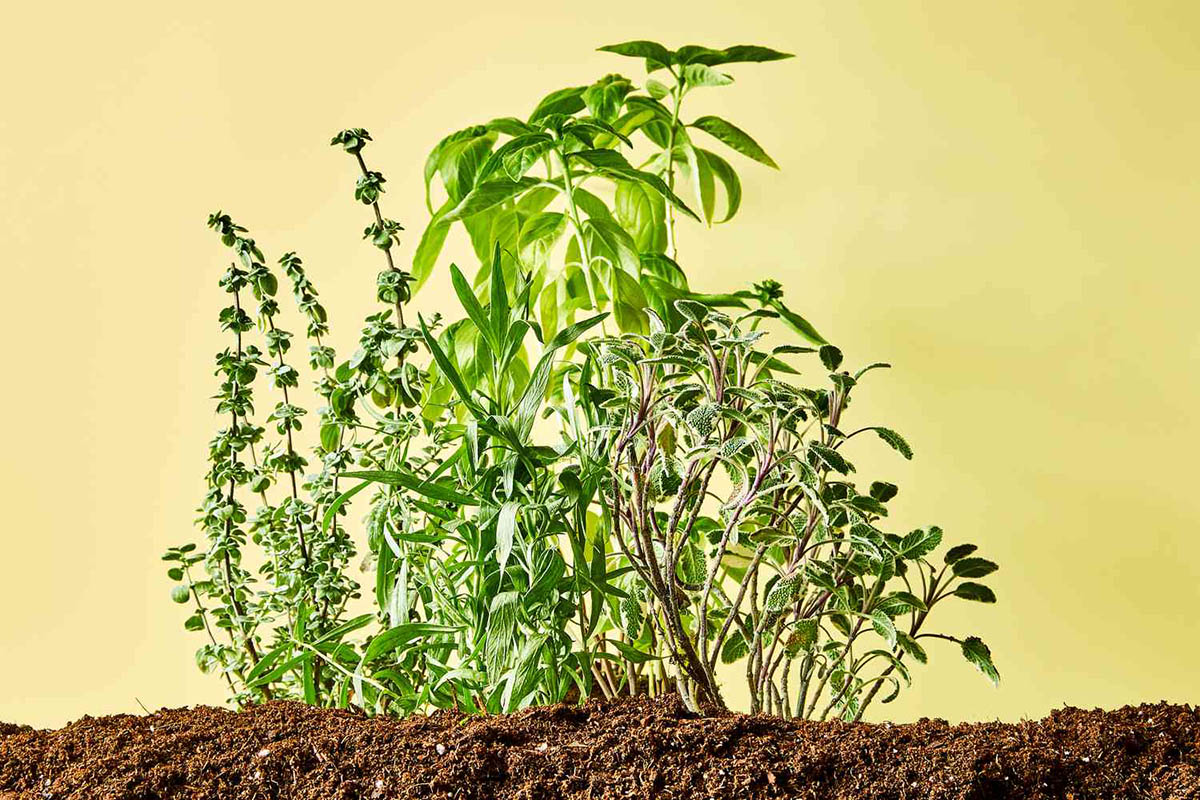
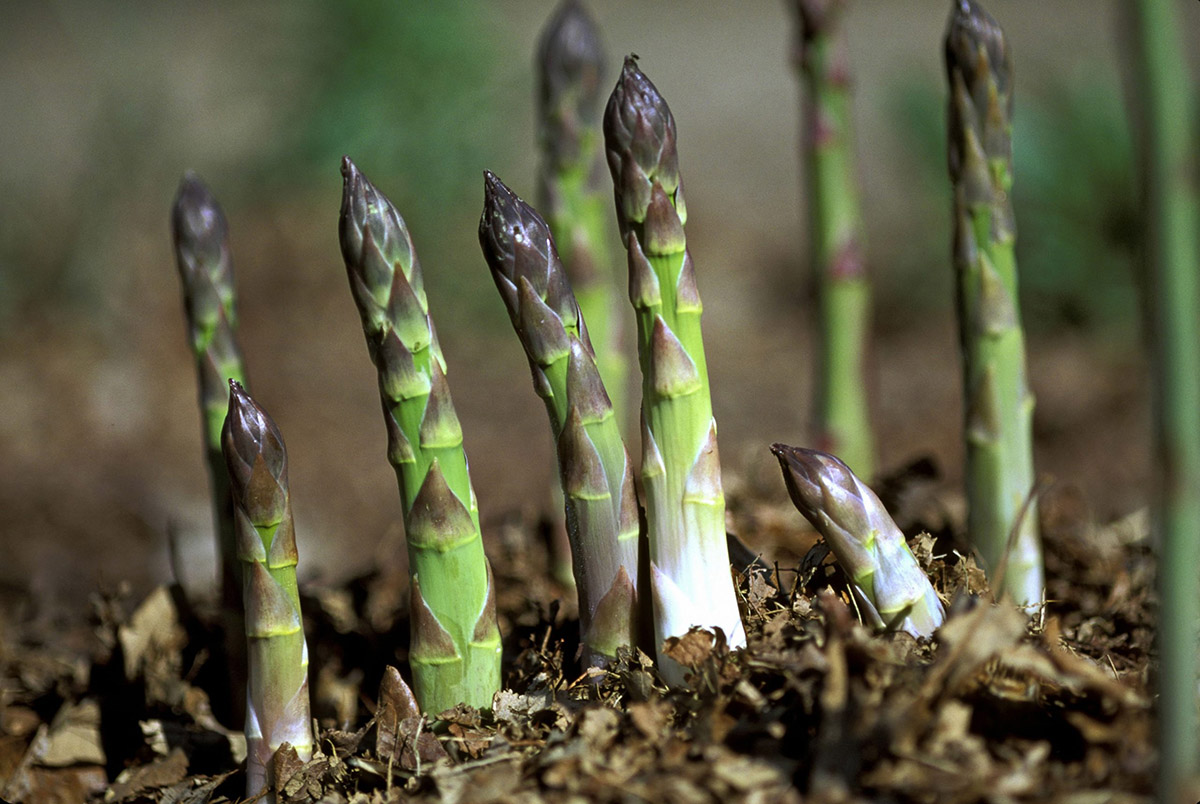
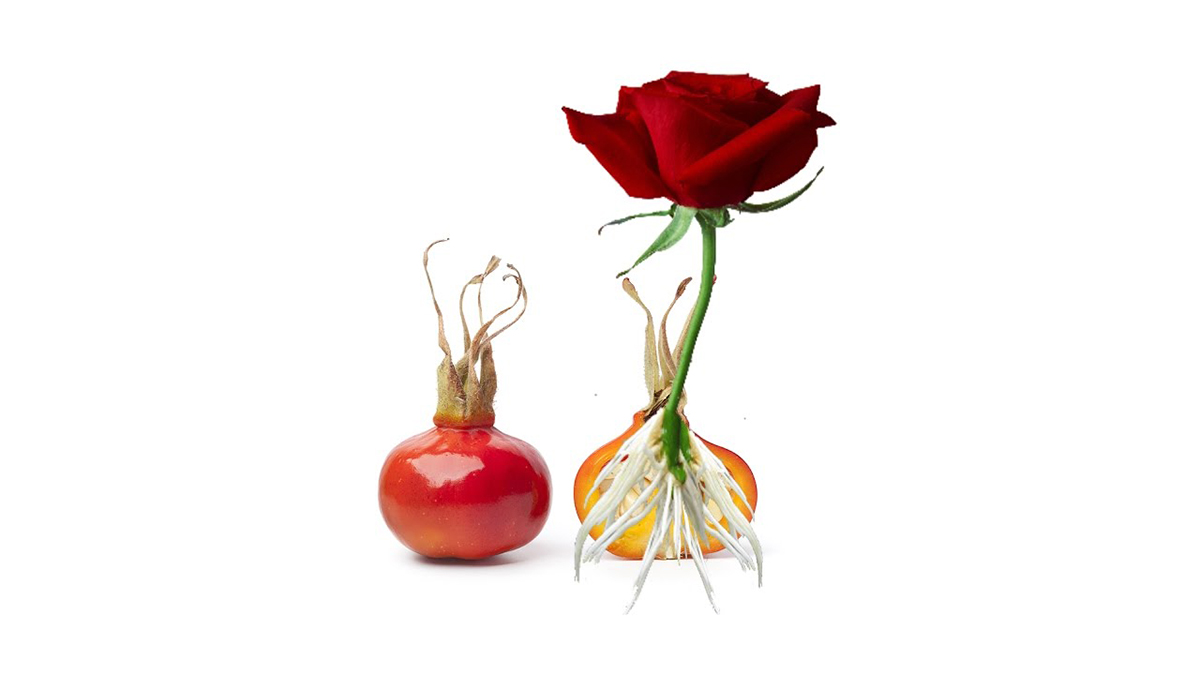

0 thoughts on “How Long Does It Take For Blanket Flower To Germinate”